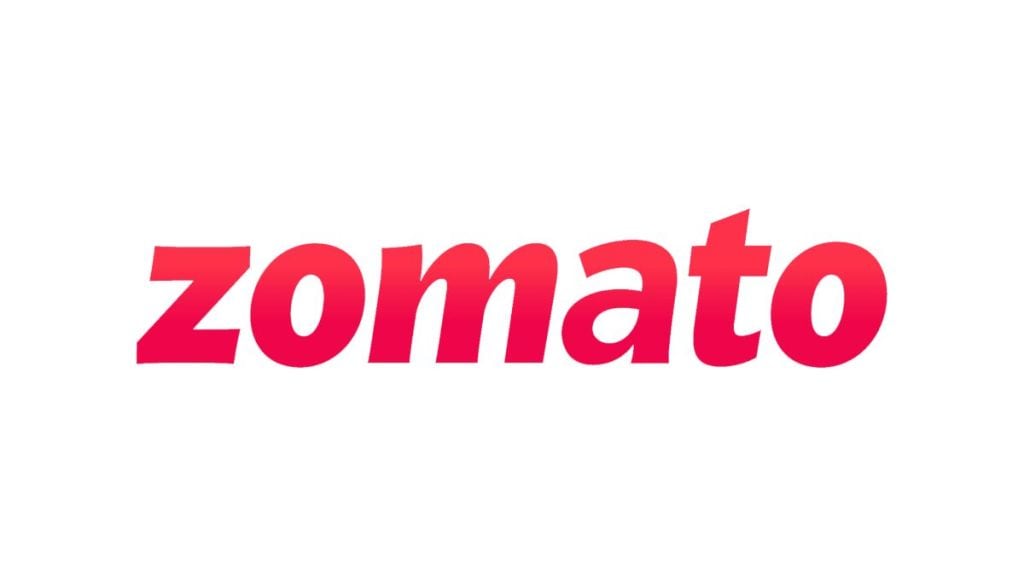Food tech player Zomato on Thursday reported a higher net loss of Rs 301.6 crore for the September quarter, higher than the Rs 262.5-crore losses it reported in the June quarter. However, on a year-on-year basis, Zomato’s losses reduced considerably compared with Rs 439.7 crore in the same quarter last year.
Revenue from operations jumped by 17.4% q-o-q to Rs 1,661.3 crore. Zomato had reported operational revenues of Rs 1,413.9 crore in the previous quarter.
Total expenses for the September quarter stood at Rs 2,091.3 crore, which increased by 18.3% q-o-q from around Rs 1,767.7 crore reported in the previous quarter. Zomato’s highest expenses in Q2FY23 were incurred for delivery and related charges which stood at Rs 590.3 crore, a slight increase from Rs 572.4 crore in Q1FY23. Zomato also spent Rs 299.7 crore on advertisement and sales expenses in Q2FY23, which also increased marginally from around Rs 277.6 crore in the previous quarter.
The company attributed higher losses for the quarter due to the inclusion of its quick commerce vertical (Blinkit) numbers in its consolidated statement for Q2FY23. Zomato added that the adjusted Ebitda loss excluding quick commerce reduced to Rs 60 crore in Q2FY23 compared with Rs 150 crore Ebitda losses reported in Q1FY23.
“The acquisition of Blinkit (quick commerce) closed on August 10, 2022. Hence, this quarter includes ~50 days of Blinkit financials consolidated into our overall financials. The increase in loss was on account of consolidation of quick commerce losses,” Zomato said in its statement on Thursday.
Total adjusted revenue for Q2FY23 grew 48% year-on-year to Rs 2,107 billion, which translates to annualised revenue of $1.05 billion (at the average exchange rate for the quarter of 1 $ = INR 80). This is the first quarter where Zomato crossed the billion-dollar annualised revenue mark.
Zomato’s adjusted revenue number is calculated after adding the revenue collected directly from customers for delivery charges during the quarter.
Zomato had entered the quick commerce space after it acquired Blinkit (formerly Grofers) in June for Rs 4,447 crore — about 40% lower than the valuation it once commanded. For the September quarter, Blinkit’s revenue increased by 44% q-o-q to Rs 236 crore, compared with a revenue of Rs 164 core in the previous quarter. Blinkit also reported a negative adjusted Ebitda of Rs 259 crore in Q2FY23 against Rs 326 core negative Ebitda in Q1FY23.
The monthly order volume for Blinkit increased slightly by 17.5% q-o-q to 26.1 million, while average order value (AOV) also went up marginally by 7.5% to Rs 568 in Q2FY23. The average transacting user base in the same quarter increased to 2.6 million from around 2.2 million in the previous quarter.
In Q2FY23, the gross order value for Zomato’s core food delivery business increased by 22.6% y-o-y to Rs 6,631 crore compared with Rs 5,407 crore in GOV reported in the same quarter last year. In Q2FY23, 248 cities out of Zomato’s top 1,000 cities contributed to around 91% of the overall gross order value in Q2FY23.
For Zomato’s core food delivery business, the average monthly transacting customers grew 4.4% q-o-q to 17.5 million in Q2FY23 compared to 16.7 million in Q1FY23. Average monthly live on Zomato’s platform in Q2FY23, however, reduced to 207,000 compared with 208,000 restaurants in the previous quarter. In addition, the average monthly active delivery partners increased to around 341,000 in Q2 against 319,000 in Q1.
Deepinder Goyal, chief executive officer, Zomato, said although the company’s food delivery business has been growing and steadily moving towards profitability, he believes there is room for the “business to grow much faster than what it is currently trending at”. “I don’t know if I can attribute this to the macro environment — primarily because I know for a fact that we could have innovated and executed better in the last couple of months. I don’t want macro headwinds to be an excuse for us to innovate less. As far as quick commerce is concerned, we haven’t seen any/much slowdown in the business,” he added.
Akshant Goyal, chief financial officer, Zomato, said the core delivery food delivery business will sustain healthy growth in monthly transacting users in the next few quarters “driven by both higher repeat rate of our existing customer base as well as new customer additions”.
“As customers mature on our platform, we have seen that their ordering frequency increases consistently with each passing year. This is also evident in our gross order value cohorts across years…For example, the cohort for FY18, which includes all customers who placed their first order on our platform in FY18, has collectively increased their spend on our platform 4.3 times over the past four years,” he added.
Also Read: GoM to stick to plan for 28% GST on online gaming
Follow us on Twitter, Instagram, LinkedIn, Facebook
S


